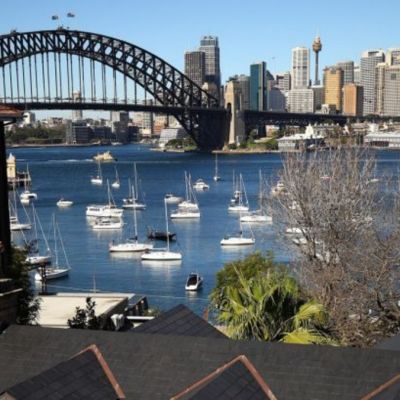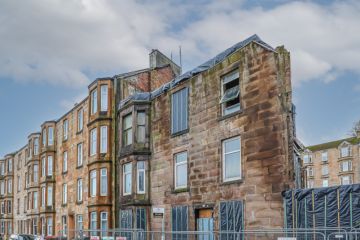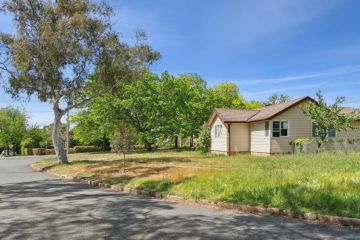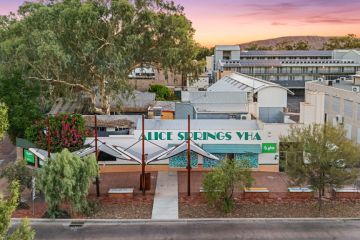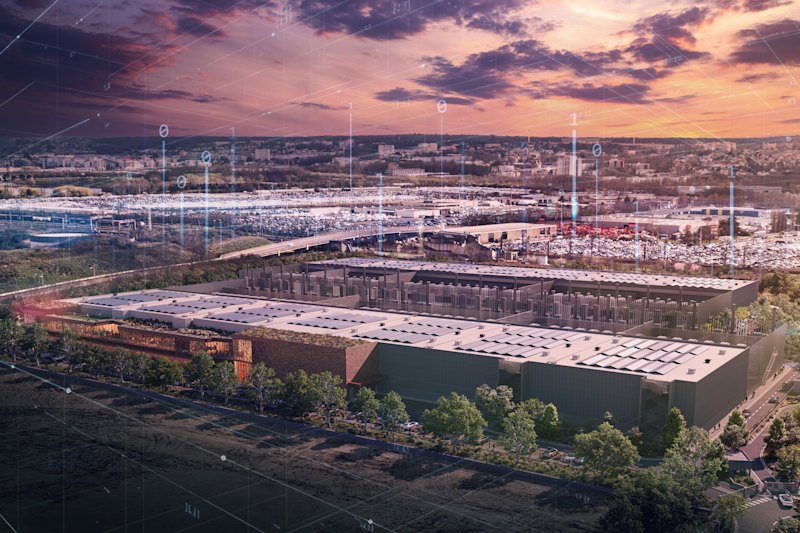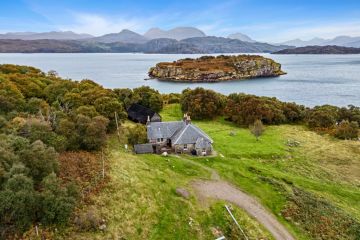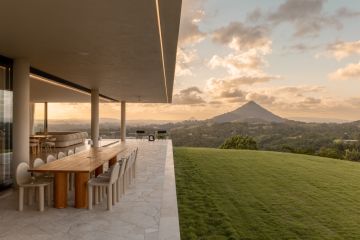Affordability frontier vanishing as million-dollar sales surge in Sydney's west

The final frontier of affordability – Sydney’s west – is vanishing in front of our eyes as houses in some suburbs more than 40 kilometres from the CBD are being snapped up for more than a million dollars.
Drive 42 kilometres west and you’ll come across Rooty Hill, between Mount Druitt and Doonside. Five years ago the median was $350,000. By December 2016 it had jumped 80 per cent to $635,000.
Once considered a lower socio-economic area, in January 2017 a house in Rooty Hill went under contract for a record sale of $1 million. This is the first time a home, that isn’t a development site, has sold on-market for more than seven figures in the suburb.
Nidus Group sales agent Ismail Ates said the five-bedroom, three-bathroom home, 3 Luella Place, was sold to a local upgrader after 30 groups turned up at the first open home.
“It’s surprising and scary at the same time … four years ago people used to dream of getting a million dollars,” he said.
One month before, he’d achieved another high house sale in Rooty Hill – 40 Assunta Street, which he sold off-market for $918,000. Within the last three months of 2016, he saw records broken “back to back” with four different houses.
But the surge in prices isn’t confined to Rooty Hill. Just 10 minutes away is Tregear – a suburb ranked as one of the most disadvantaged areas in Sydney in the last Census.
Ten years ago, a high concentration of homes in the suburb were government housing.
This included three-bedroom, one-bathroom 40 Vincennes Avenue – a typical western suburbs home.
In 2007, the Department of Housing sold it to a home buyer for $170,500. By 2014, it sold again for $355,000. And in 2015, in the middle of the property boom, it sold for $570,000.
Another home on the same street, No.56, was sold in January for $100,000 more than it was bought for in 2016.
This the the area that would have typically housed lower-income families, University of NSW City Futures Research Centre director Hal Pawson said.
Now, low-income buyers are being squeezed out by those leaving higher-priced inner suburbs.
“Our recent analysis of house sales data found that in the 81 postcodes within 10 kilometres of the CBD, only seven were still affordable for a middle income household in 2005. By 2015 this was zero,” he said.
If affordability isn’t fixed, “figures on overcrowding will go up, the lengths of commutes will become even more problematic and we’ll see even more congestion,” Pawson said.
In the 30-50 kilometre ring from the CBD, there were 1070 sales of more than $1 million last year – including development sites, Domain Group data shows.
In the 30-50 kilometre bracket in 2015, there were 1107 sales of more than $1 million in 2015. In 2014, there were about 510 sales of $1 million or more.
The emergence of million-dollar sales in far-flung suburbs is a clear signal that “we’ve lost the fight for first-home buyers”, Domain Group chief economist Andrew Wilson said.
“The advice to ‘move west’ no longer works, we have to start accepting that most people are going to stay renting forever.”
Western Sydney University urban studies lecturer Dallas Rogers said the rising prices largely affected key workers, including nurses.
“When prices rise, the demographic who lived there before is pushed out,” he said.
Two years ago, Blacktown renters Ja and Denai Worsley, then newlyweds, decided they wanted to buy a home.
“I want my next child to be brought up in a stable environment and a rental property isn’t stable, you can be kicked out at any time,” Mr Worsley said.
“Both of us are working two jobs and we still can’t afford Sydney.”
In November, he bought an uncut Hawthorn Hawks key in preparation for when they move to Victoria.
“Now we’re looking in Bendigo.”
How the property boom affected a typical western suburbs street
Vincennes Avenue, Tregear
- House 1*
Sold for $484,000 in 2017
Sold for $385,000 in 2016
- House 2
Sold for $440,000 in 2016
Sold for $182,500 in 2002
- House 3
Sold for $417,000 in 2016
Sold for $205,000 in 2009
- House 4
Sold for $432,000 in 2015
Sold for $120,000 in 2000
- House 5
Sold for $450,000 in 2015
Sold for $203,000 in 2008
- House 6
Sold for $455,000 in 2015
Sold for $239,390 in 2012
- House 7
Sold for $570,000 in 2015
Sold for $355,000 in 2014
- House 8
Sold for $465,000 in 2015
Sold for $232,500 in 2008Note: House numbers have been removed
We recommend
We thought you might like
States
Capital Cities
Capital Cities - Rentals
Popular Areas
Allhomes
More
